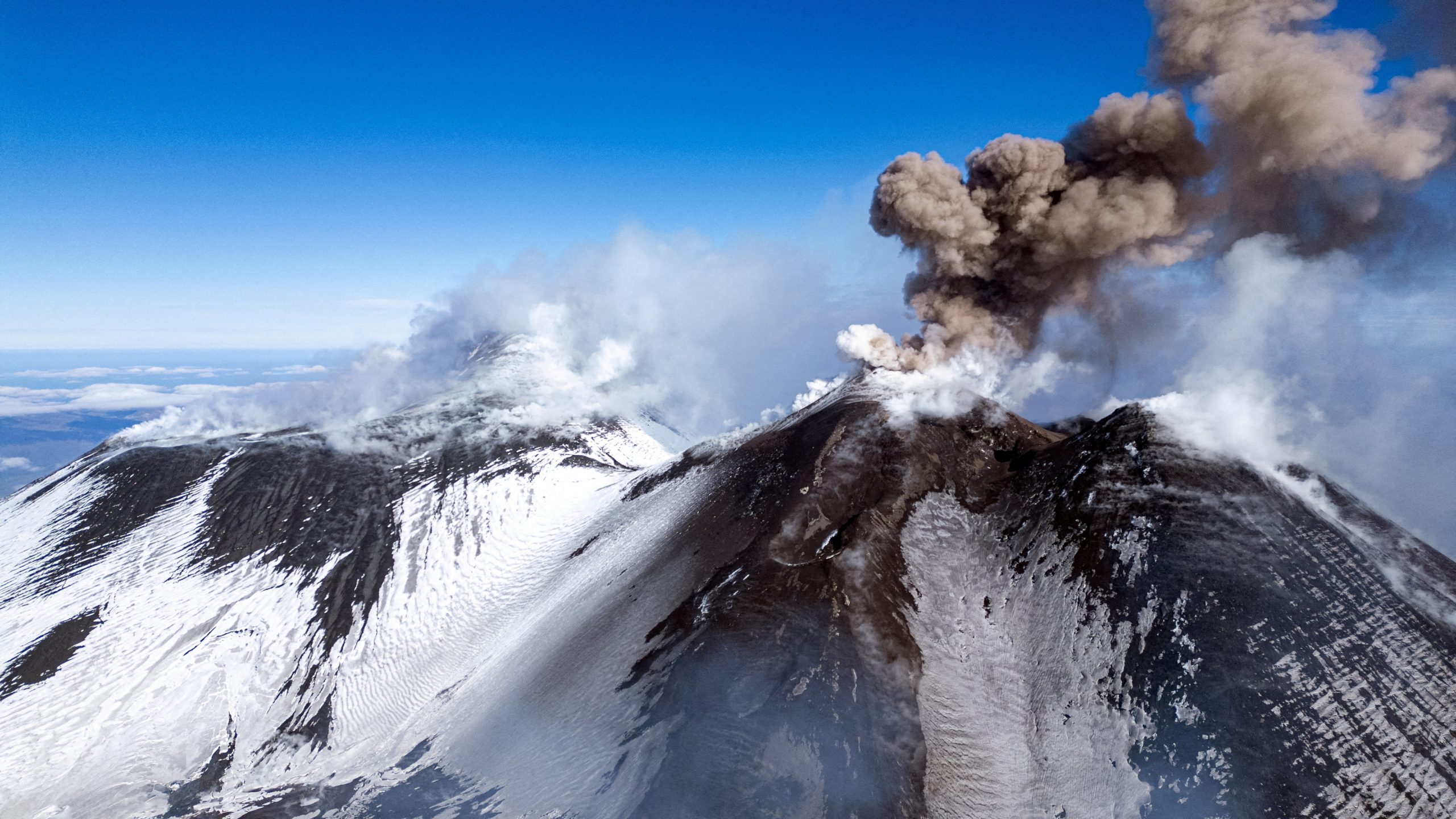
On June 2, Pakistan time, Italy’s Mount Etna, which is renowned for being the continent's most active volcano, burst forth with an impressive explosion during the early hours of the day. This event caused dense plumes of volcanic ash to billow upwards, prompting visitors to flee hurriedly from the scene. The outburst commenced late at night and rapidly escalated into a spectacular series of lava fountains accompanied by towering columns of ash—a phenomenon referred to as a Strombolian eruption.
The INGV reported that the eruption followed several tremors at approximately 10:00 PM local time on Sunday. Around three hours after these initial shakes, another significant seismic activity took place roughly 2.8 kilometers beneath the crater, indicating a substantial volcanic occurrence.
Clips posted on social platforms depict terrified visitors hastening downhill as ashes and plumes of smoke enveloped the surroundings. By around 10 AM, the INGV announced that the eruptions had turned nearly non-stop, accompanied by escalating seismic activity and more powerful lava bursts.
The thermal imaging equipment at the Ethneo Observatory revealed streams of pyroclastic material—hot rocks and ash—cascading down the slopes of the volcano. Thankfully, the lava flow has yet to reach the Valley of the Lion, which acts as a natural boundary around the crater. Nevertheless, authorities continue to monitor the circumstances carefully.
Due to the ash cloud, the Volcanic Ash Advisory Centre in Toulouse issued a "code red" alert for aviation - its highest warning level. This was later downgraded to orange, as the ash, mostly made of water vapor and sulfur dioxide, moved southwest.
There was light ash deposition observed in the Piano Vetore region close to the volcano; however, fortunately, no casualties or structural damages were recorded. Authorities have advised people to remain vigilant and refrain from non-essential trips around Mount Etna since eruptive activities continue.

إرسال تعليق